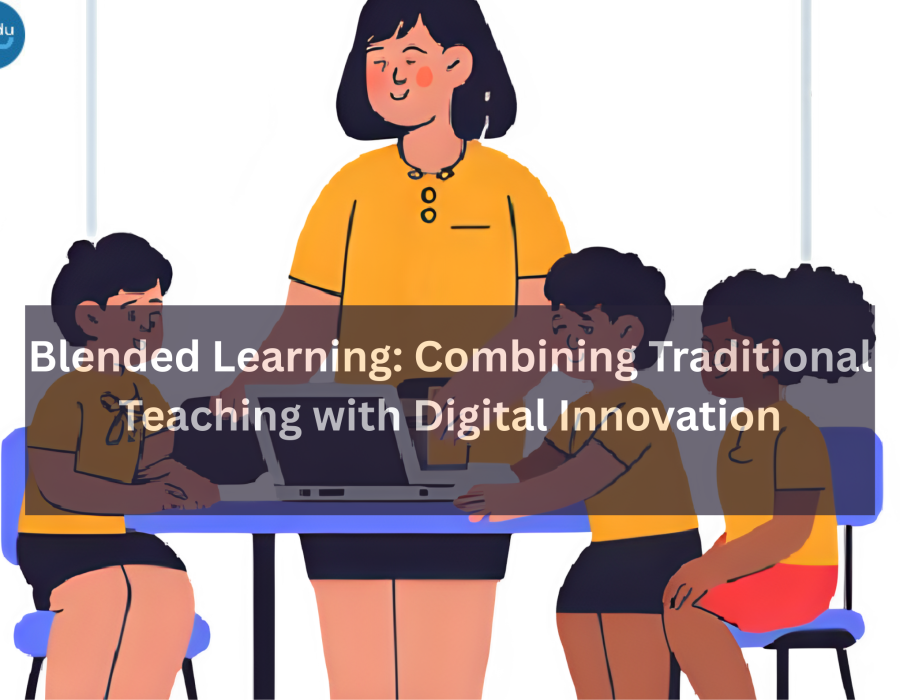In today’s fast-paced world, education is no longer confined to the four walls of a classroom or the pages of a textbook. Schools are rethinking how learning should happen, and a boarding school in Hyderabad that embraces blended learning is a great example of this transformation. By combining the strengths of traditional teaching with the power of digital tools, blended learning offers students a well-rounded, flexible, and future-ready education experience.
Blended learning ensures that students don’t just passively absorb information but engage with it in multiple ways. For instance, a math concept explained by a teacher in class can be reinforced through an interactive online simulation, or a history lesson can be enriched with documentary clips and virtual tours of ancient sites. This approach keeps learning exciting, interactive, and more effective than relying on just one method. Teachers still play a vital role as guides and mentors, but their instruction is now complemented by a wide range of online resources.
The strength of blended learning lies in its ability to cater to different learning styles and paces. With the support of Tech-Integrated Learning, students who grasp concepts quickly can move ahead with additional resources, while those who need more time can revisit lessons until they are confident. Digital assessments and analytics also provide teachers with valuable insights into each child’s progress, making it easier to personalize instruction and support where needed. This ensures that no student feels left behind.
Beyond academics, blended learning also equips students with critical 21st-century skills. By navigating digital platforms, collaborating on online projects, and engaging in discussions through virtual forums, they learn teamwork, communication, and adaptability. At the same time, classroom sessions provide the human connection, discipline, and values that technology alone cannot deliver. Together, this creates a balanced learning ecosystem that is both modern and deeply rooted in traditional educational principles.
Parents also benefit from blended learning systems, as they can stay connected with their child’s progress through digital portals and updates. This transparency helps them feel more engaged in the educational journey. For boarding schools, where children stay away from home, this is particularly valuable because it reassures parents about their child’s academic growth and well-being.
Ultimately, blended learning is not just a temporary experiment but the direction in which education is headed. By combining teacher-led instruction with digital innovation, schools are preparing students for a future where adaptability, problem-solving, and digital literacy are as important as academic knowledge. The blend of tradition and technology ensures students are not just learners but innovators, ready to thrive in an ever-changing world.





Comments